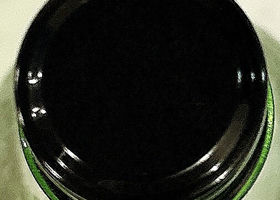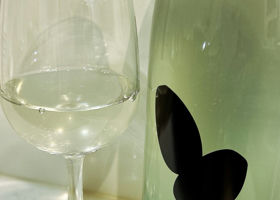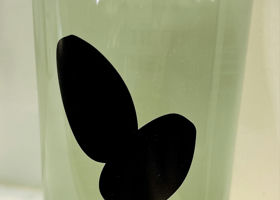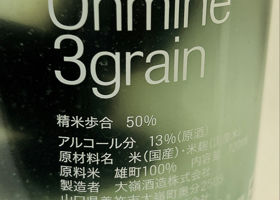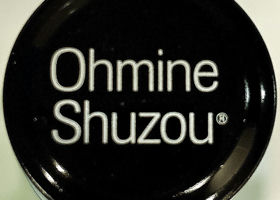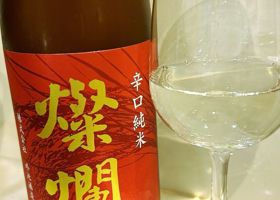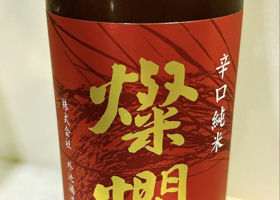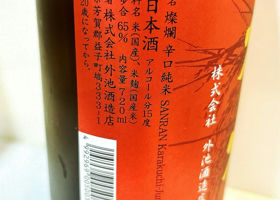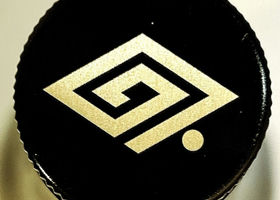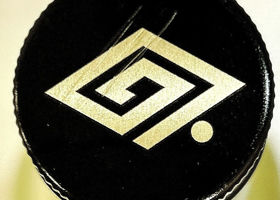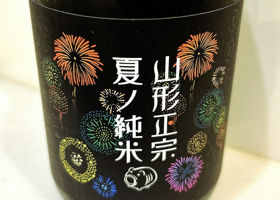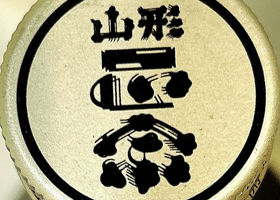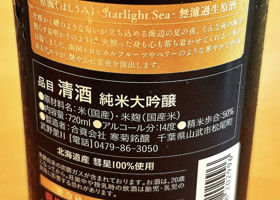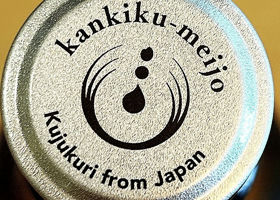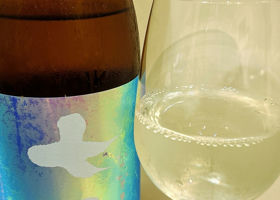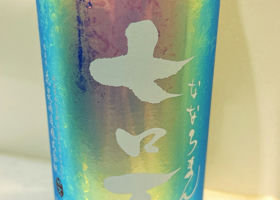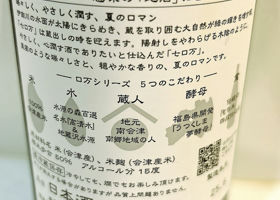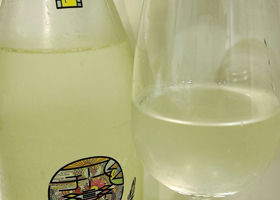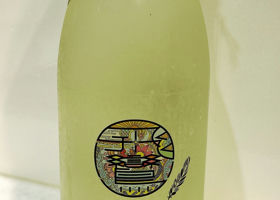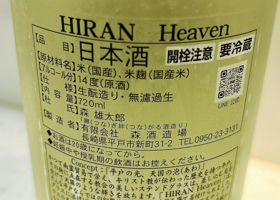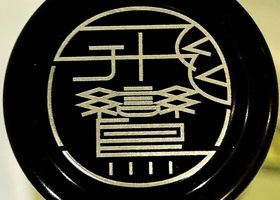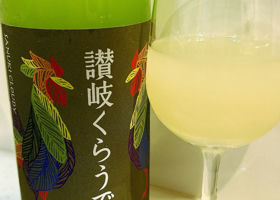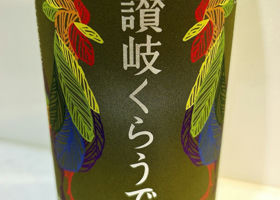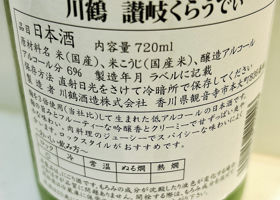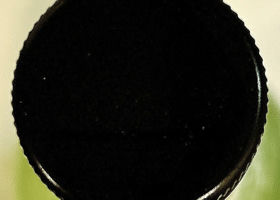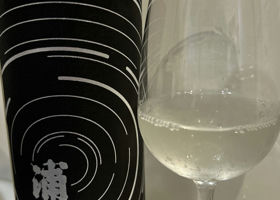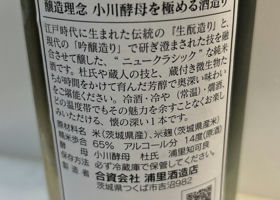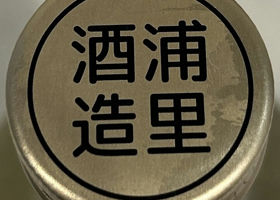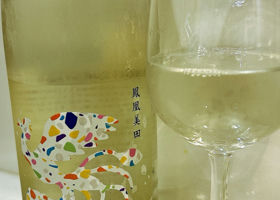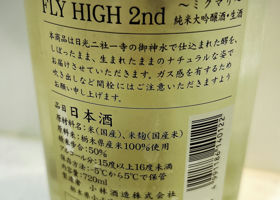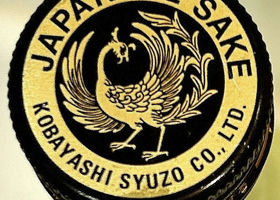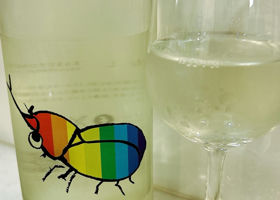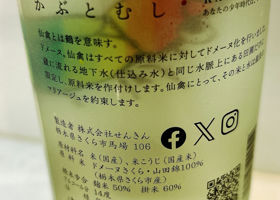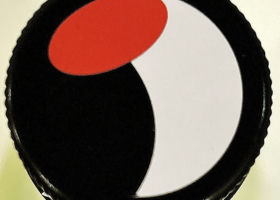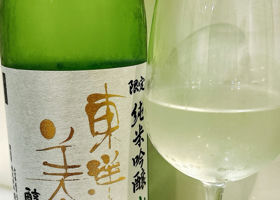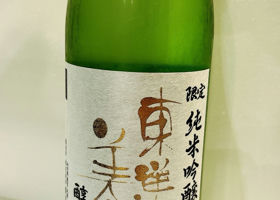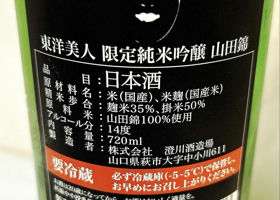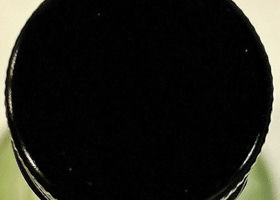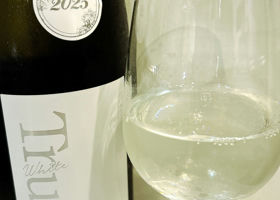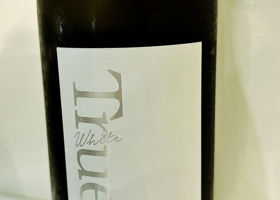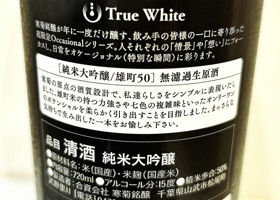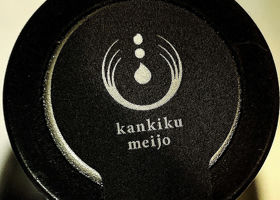



能登 隆行
Sei Shuzo's "Sake Mother Sake" is a very unique sake made by pressing the "Sake Mother" (the initial stage of sake brewing) as it is, and is characterized by its low alcohol content (approximately 5%) but refreshing acidity and fruity taste.
🍶 Characteristics of Sei Sake Brewery's "Sake Mother Sake
- Uniqueness of the brewing process
Normally, the "mother of sake" is used in the mid-stage of brewing before proceeding to the main brewing process, but this sake is commercialized by pressing the mother of sake itself.
- Taste: Refreshing acidity reminiscent of white wine, plum wine, green apple, or muscat. It has a refreshing acidity reminiscent of white wine, plum wine, green apple, or muscat.
- Alcohol content
5% alc. is low, making it suitable for beginners and those who want to enjoy sake lightly.
- Ingredient Rice
Hitomebore" from Gunma Prefecture is used, with a very high rice polishing ratio of 35%.
- Yeast
M-310 yeast is used.
🥢 Recommendations for Enjoyment
- Temperature range
Enjoyable at 5-25°C (41-86°F), but the refreshing sensation is especially noticeable when served chilled.
- Food pairings: Japanese cuisine in general, such as beef tataki, sashimi, yakitori, yu-tofu, and salt-baked Akinata fish. Also pairs well with fruits and sweets.
- Sake Vessels
We recommend using a glass trumpet-shaped glass or flute glass to enjoy the aroma and gaseous sensation.
Japanese>English



